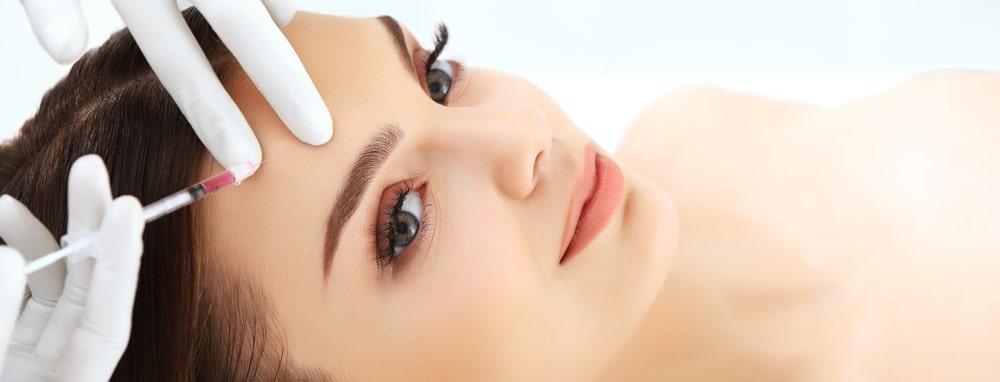
Botox is a popular cosmetic treatment that works to give the treated area a smoother appearance by reducing the appearance of wrinkles that have formed over the years. Botox is a refined form of botulinum toxin that is injected into a muscle located near the targeted wrinkles. The injection allows neuromuscular blockers to limit the amount of muscle contraction in the area. In turn, the muscles are able to relax so the skin can smooth out and lessen the amount of wrinkles in the treated area. While Botox often provides the results desired by patients, there are times when the final results are less than ideal. Keep reading to learn who is an ideal candidate for Botox and what to do if something goes wrong with the Botox injections.
When it comes to receiving Botox injections, ideal candidates include patients experiencing wrinkles that can be described as moderate or severe in nature as well as someone with realistic expectations (a person who is aware that the results are not permanent). Ideal candidates also include patients with wrinkles in areas that Botox can treat (such as the forehead or the area between or around the eyes)
Botos is often administered to patients who are in their 30s (or older). Having said that, it is not an uncommon practice to perform Botox injections on a person in their 20s. It is an ideal treatment for anyone that wants to address the issue of slight wrinkles or deep grooves/lines in the targeted area. The aging process impacts everyone differently so the desire for Botox can be appealing for a variety of age ranges.
No matter the age of the patient, the doctor uses a fine needle to inject the Botox solution into the desired area of the face. Some of the most commonly treated areas include the forehead, frown lines that form between the eyes and crow’s feet that appear on the sides of the eyes of a person.
Before the injections are placed in the patient, the doctor will thoroughly clean the area that is scheduled to be treated. The needle placement depends on the size of the area that is being treated as well as the depth of the area. These factors will help to determine if the treatment will require multiple injections to provide the desired results.
Once the Botox is injected by the doctor, it works to block the nerve signals that cause the muscle to contract so the skin will smooth out and the wrinkles will not reappear for the length of the treatment results.
The treatment is an outpatient procedure and can be performed in a few minutes in the office of a doctor.
Even though the majority of Botox treatments go as planned, there can be some side effects that patients are not aware of when deciding to have the treatment:
Less common risks and side effects include double vision, an infection, or a skin rash.
There are times when a Botox treatment does not provide the desired results. Patients can see results such a face that has an expressionless or frozen look, an eyebrow with too much of an arch that makes it look like the patient always has a quizzical look or a dropping upper eyelid when the Botox injection hits a nerve during the treatment.
Droopy features can also happen when the Botox injection makes one side of the lips droop lower than the other (droopy smile) or the Botox migrates from one region of the face to the muscles that hold up the cheeks (facial droop as the muscles that hold up the cheeks start to relax).
If “Bad Botox” occurs after the placement of the injections, there are a few solutions patients can utilize to correct/modify the issue:
In order to try and avoid “Bad Botox” issues, patients are advised to seek out the services of a medical professional experienced in performing Botox injections. A doctor with experience in performing Botox treatments should be willing to show patients “before and after” photos of actual patients so the person that wants to have Botox will have a good idea about the type of results that can be expected after the procedure.
- MA